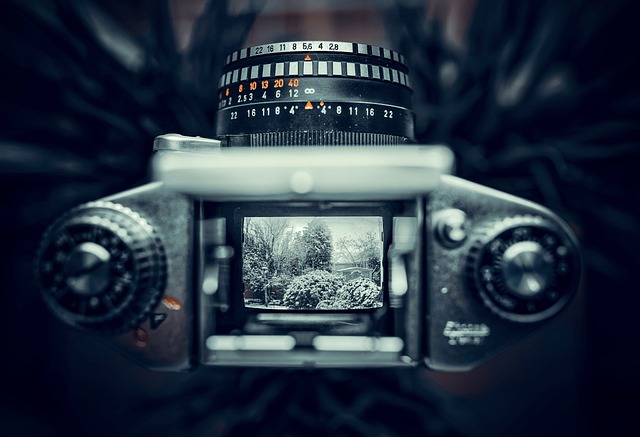Photography is a profound medium of expression, a way to capture moments and convey emotions through the lens of a camera. As artists, we constantly seek tools and techniques to enhance our creativity. One such technique that provides both flexibility and artistic control is known as Aperture Priority. Understanding this essential concept can unlock the potential of your camera, allowing you to explore the myriad possibilities of optical creativity.
Aperture priority is a shooting mode found on most modern cameras. When you switch to this mode, you gain control over the aperture setting while the camera automatically adjusts the shutter speed for proper exposure. This is crucial because the aperture influences not only the amount of light entering the lens but also the depth of field — the range of distance that appears sharp in your photo. By manipulating the aperture, you can create stunning portraits with beautifully blurred backgrounds or landscapes that maintain sharpness from foreground to horizon.
Imagine standing in a bustling market, vibrant colors and textures surrounding you. You decide to capture a portrait of a street vendor. By utilizing Aperture Priority, you can choose a wide aperture (like f/2.8) to isolate the vendor from the busy backdrop, creating an image that draws viewers in and evokes a sense of connection. The subject is sharp, while the chaos of the market fades into a dreamy blur. This technique allows you to tell a story, emphasizing the subject’s personality and the moment’s essence.
Understanding the optical principles behind aperture is vital for any photographer eager to improve their craft. The aperture is described by f-stops; lower f-stop values (like f/1.8) mean a larger opening, allowing more light and shallow depth of field, while higher values (like f/16) signify a smaller opening, producing deeper focus. Mastering these settings is essential for manipulating light and guiding the viewer’s eye, forging an intimate connection between the photograph and its audience.
As you delve deeper into the world of photography, immersing yourself in Aperture Priority can be a liberating experience. It encourages experimentation and creativity. It’s not just a matter of snapping a picture but a dance with optics — a relationship built on understanding light, shadow, and depth. Whether shooting in natural light during golden hour or exploring the dramatic contrasts of evening scenes, this mode empowers you to make intentional choices, transforming ordinary moments into extraordinary visual narratives.
Exploring aperture priority also fosters a sense of playfulness. After all, photography should be fun! Try different f-stop settings in various lighting conditions. Go back to that busy market scene and capture the same image with different apertures. Observe how your images change and the feelings they evoke. You might find that a simple switch of a dial leads to a significant transformation in your perspective.
In conclusion, the journey into photography and the mastery of Aperture Priority invites every photographer to experiment, create, and ultimately express their inner vision. By unlocking the potential within your camera, you are not only capturing moments but also creating art that resonates with life and storytelling. So grab your camera and step outside — the world is waiting for your lens to reveal its beauty!



